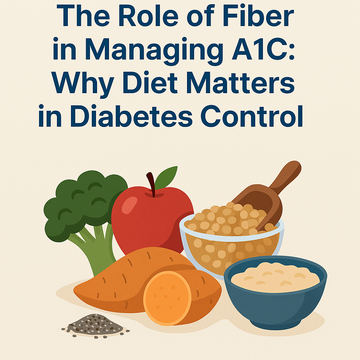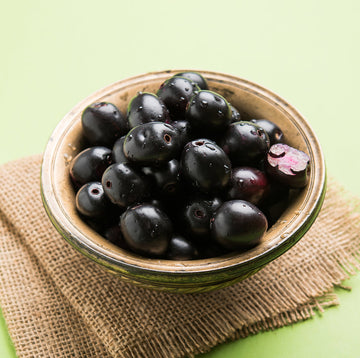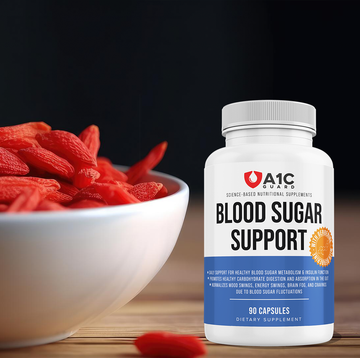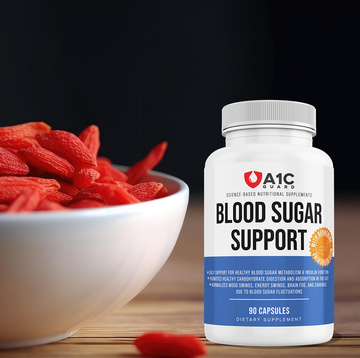The Role of Fiber in Managing A1C: Why Diet Matters in Diabetes Control

When it comes to managing diabetes, most people immediately think of avoiding sugar or taking medication. But one powerful and often overlooked tool for controlling blood sugar—and more importantly, your A1C levels—is fiber.
Let’s break it down.
What Is A1C and Why Does It Matter?
Your A1C is a blood test that shows your average blood sugar levels over the past two to three months. For people with diabetes, keeping this number in check is crucial. A lower A1C means better blood sugar control, and in the long term, a lower risk of complications like heart disease, kidney issues, and nerve damage.
Enter: Fiber – Your Blood Sugar's Best Friend
Fiber is a type of carbohydrate that the body can’t digest. But even though it doesn’t break down into sugar, it plays a huge role in how your body processes glucose.
There are two main types of fiber:
-
Soluble fiber: This dissolves in water and forms a gel-like substance in the gut. It slows down the digestion of carbohydrates and the absorption of sugar, leading to more stable blood sugar levels.
-
Insoluble fiber: This helps keep your digestive system healthy and supports regular bowel movements, but it doesn’t have as much of an effect on blood sugar.
For diabetes management, soluble fiber is the MVP.
How Fiber Helps Lower A1C
Here’s what happens when you add more fiber to your diet:
-
Slower glucose absorption: This prevents sudden blood sugar spikes after meals.
-
Improved insulin sensitivity: Some studies show that fiber can help your body use insulin more effectively.
-
Longer-lasting fullness: High-fiber foods keep you full, which can help with weight management—a key part of controlling type 2 diabetes.
All these benefits add up over time and can lead to a measurable drop in A1C levels.
How Much Fiber Do You Need?
The American Diabetes Association recommends:
-
At least 25–30 grams of fiber per day
-
Aim for 7–10 grams of soluble fiber specifically
Most people aren’t getting enough. The average intake is often less than 15 grams a day. That’s where small changes can make a big impact.
Best High-Fiber Foods for Blood Sugar Control
Start adding these to your diet:
-
Oats and barley (great sources of beta-glucan, a type of soluble fiber)
-
Beans and lentils
-
Apples, pears, and berries
-
Chia seeds and flaxseeds
-
Broccoli and Brussels sprouts
-
Sweet potatoes with skin
Tip: Increase your fiber intake gradually and drink plenty of water to avoid digestive discomfort.
Final Thoughts
Fiber isn’t just for gut health—it's a powerful ally in managing diabetes and lowering A1C. Whether you're newly diagnosed or looking for natural ways to support your existing treatment plan, focusing on fiber can lead to steady improvements over time.
Remember: small dietary changes = big long-term impact.





